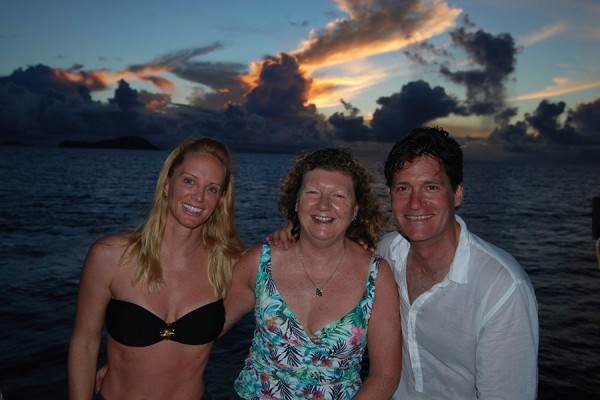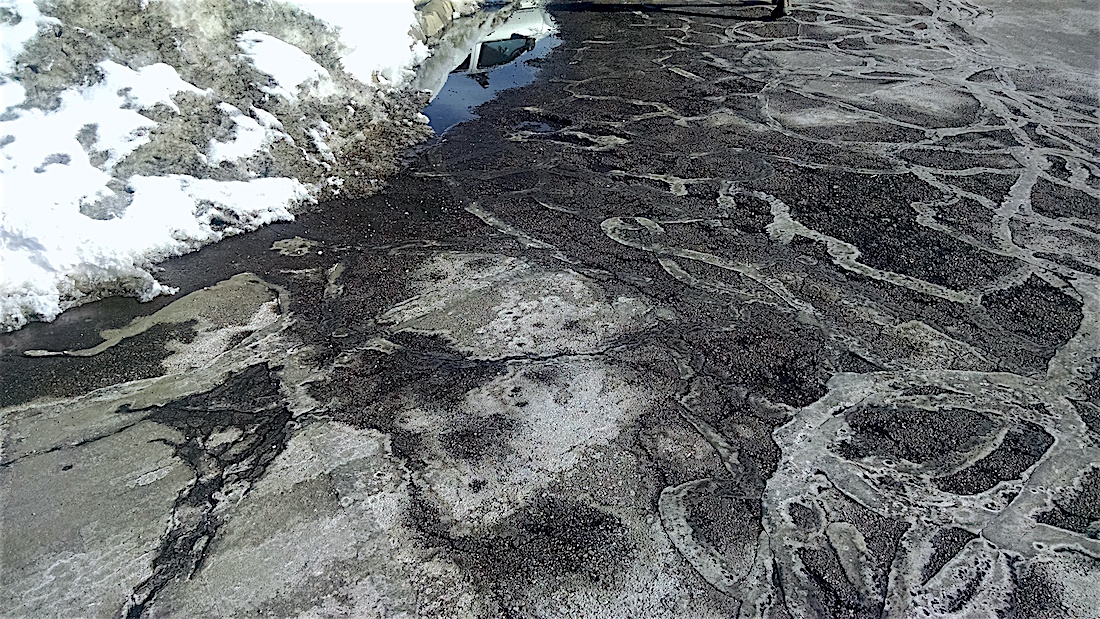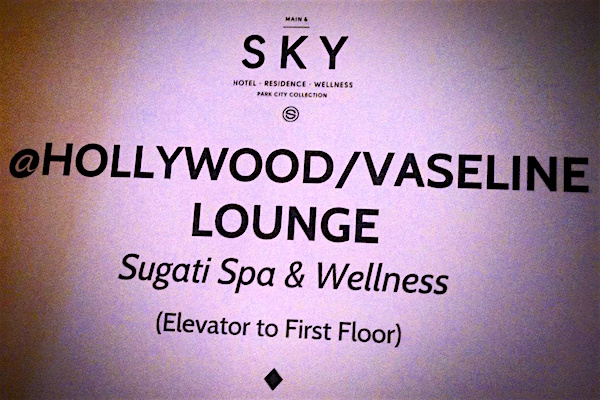8 Lessons from Neil deGrasse Tyson for Creative Results
It doesn’t take a rocket scientist to recognize Neil deGrasse Tyson’s unique talents. His baritone voice is virtually the sound of modern physics, so accustomed we’ve grown to his narration in scientific documentaries. A natural teacher, his ideas instill in us curiosity and a desire to learn. I can’t help but wonder, how does he do it? Not to mention, Tyson laps us all in productivity, seeming to get more done than most other humans. In an effort to capture what makes him such a star in his field, I’ve identified eight behaviors Tyson uses that drive creative results.
- Obsess. Does your creative practice inspire you with passion, does it wind through your thoughts like an obsession? Tyson studied astrophysics with such fervor that he was noted for giving talks about the topic by age 15. If you devour the wisdom of the best and brightest in your field, then evangelize, you’re obsessing like a rocket scientist.
- Renew. Do you have a counter balance to your work, something that helps you renew daily? In addition to scientific studies, Tyson participated in crew, wrestling and dance during college. There are many ways to say it, all of them true–you have to renew what you use. When you have found a way to recycle your own energy, you follow in Tyson’s steps.
- Be tenacious. Are you driven to persevere, even in the face of failure? Tyson’s attempt at a PhD from University of Texas at Austin was denied, but he continued his quest and earned his credentials. If you are serious about your goals, make achieving them only a matter of time.
- Give back. Do you consider becoming a mentor to others part of your creative path? Tyson credits Hayden Planetarium as a hub for his early education, and assumes responsibility later in his career for continuing that tradition. People who take an interest in bringing up the next generation in their field have a bit of Tyson’s scholarly ethic.
- Fascinate. Can you translate your work into concepts that are accessible and interesting to laypeople? Tyson has consistently brought the public sticky ideas about physics. He coined “Manhattanhenge,” a name for the phenomenon two days per year during which you can see the sunset on some streets in NYC. When you coin terms for ideas people want to understand and share, you’re downright Tysonian.
- Be true. “[Tyson’s] a creative guy and sort of a lone wolf. He has gotten where he is basically because he’s followed his own voice, not anyone else’s,” says Columbia professor Joseph Patterson. Develop your voice, and carve out your own space.
- Give face. Are you willing to be the poster boy for your field? Tyson has appeared as on-camera host in several scientific shows and series, and made several appearances in pop culture films and shows. Perhaps most notably, he championed then hosted the series Cosmos: A Spacetime Odyssey. Leaders in their field take opportunities to speak up and represent their specialty, as Tyson does.
- Ship. Do you get things done, and then find more things to do? Tyson has authored 12 books, in addition to his 13 research publications. That’s not even counting chapters and prefaces he’s written for other books. He credits using “interstitial time” as one of his secrets to productivity. If you like to bring work into world, then get up the next day and do it all over again, you’re creating like Neil deGrasse Tyson.
Sources:
Alison Beard. “Life’s Work: An Interview with Neil deGrasse Tyson” Harvard Business Review “https://hbr.org/2016/01/neil-degrasse-tyson
Wikipedia. https://en.wikipedia.org/wiki/Neil_deGrasse_Tyson
Hayden Planetarium http://www.haydenplanetarium.org/tyson/
Karen Heller. “Star talker: Neil deGrasse Tyson on fame, education and tweets” http://wpo.st/XzaA1















